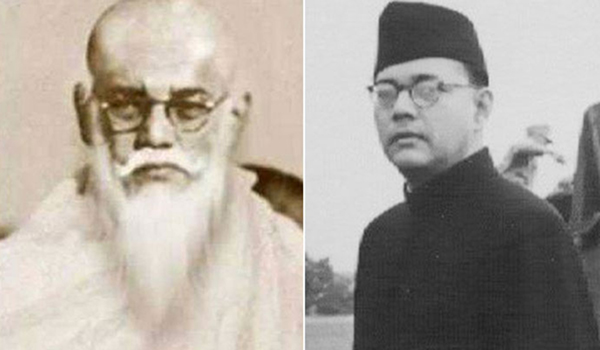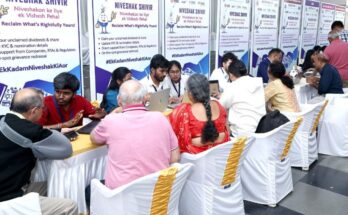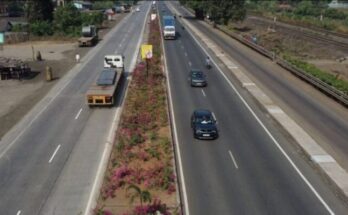Lucknow, Dec 23: Two writers who believe that Gumnami Baba was actually Netaji Subhas Chandra Bose, have strongly contested Justice (retd) Vishnu Sahai Commission’s report that Gumnami Baba was not Bose.
In a statement issued here, Chandrachur Ghose and Anuj Dhar, the writers of the 2019 book ‘Conundrum: Subhas Bose’s life after death’, said, “The commission report should be rejected as it fails to meet the main objective of setting up the inquiry. Instead of identifying Gumnami Baba, the report has taken an easy escape route through a frivolous assertion.”
Justice Sahai refused to react on the issue and said that he would not like to comment beyond what has been observed in the Commission report.
The writers have alleged that the Sahai panel did not examine the available evidence scientifically.
While concluding that Gumnami Baba was not Netaji, the Commission had given 11 points about his personality that includes an observation pointing to Gumnami Baba as the Indian National Army leader’s follower.
Justice Sahai observed in the concluding part of the report that “From items recovered from the part of Ram Bhawan (then Faizabad, now Ayodhya), where Gumnami Baba lived till his death, it cannot be ascertained that Gumnami Baba was Netaji Subhas Chandra Bose.
“Gumnami Baba was a follower of Netaji Subhas Chandra Bose. But he changed his residence when people started saying he was Netaji Subhash Chandra Bose.”
The authors, Ghose and Dhar, had appeared before the Commission to make their point that relying on documentary, eyewitness and forensic evidence; they concluded that Gumnami Baba was Netaji.
Names of both Dhar and Ghose are mentioned in the Commission’s report as Commission’s Witness (CW) 3 and CW 4.
The panel has noted that in all there were 45 witnesses and out of them 34 appeared personally while 10 made their point through affidavits, giving valid reasons for not appearing before the panel.
Ghose and Dhar said: “The suggestion that Gumnami Baba was a follower of Netaji flies in the face of facts. In the 30 years that he was in India secretly, Gumnami Baba maintained contact with several Netaji aides and others, including the then RSS (Rashtriya Swayamsewak Sangh) chief.
“There is no evidence in the letters that have survived that they treated him like a follower of Netaji, in fact they were reverential about him and dropped clear hints that they thought he was Netaji.
“Gumnami Baba forbade people to refer to his real identity and that is why they avoided references, but reading their letters one can easily make out what they thought of his real identity.”
“The commission should have gone for fresh DNA tests and handwriting examination in view of our allegations. But the commission did not pay heed to this,” the authors said.
The commission, in its report, however, pointed out that it examined all the available evidence with utmost care.
“To know the truth, I cross-examined the witnesses. While evaluating them, I always had in mind that the witnesses were testifying about the incidents that took place about 31 or 32 years ago. (Gumnami Baba died on September 16, 1985).
“In fact, some of these testimonies were about the incidents that took place 60 to 65 years ago. This is common knowledge that human memory gets blurred with a period of time and when witnesses are asked to recollect 31 to 65-year-old facts, then they are tempted to fill the gaps with their own imagination. This is why I evaluated the affidavits with utmost care,” the report stated.
The commission further noted that the conclusions were based on positive report of handwriting experts and his interaction with persons who knew Gumnami Baba.
The commission also observed that Ghose reached the conclusion that Gumnami Baba was Netaji on the basis of research work that pointed towards a strong probability that Gumnami Baba was Netaji.
The commission, however, did not find the observations of the two writers and the material provided by them as ‘sufficient ground’ to conclude that Gumnami Baba was Netaji Subhash Chandra Bose.




